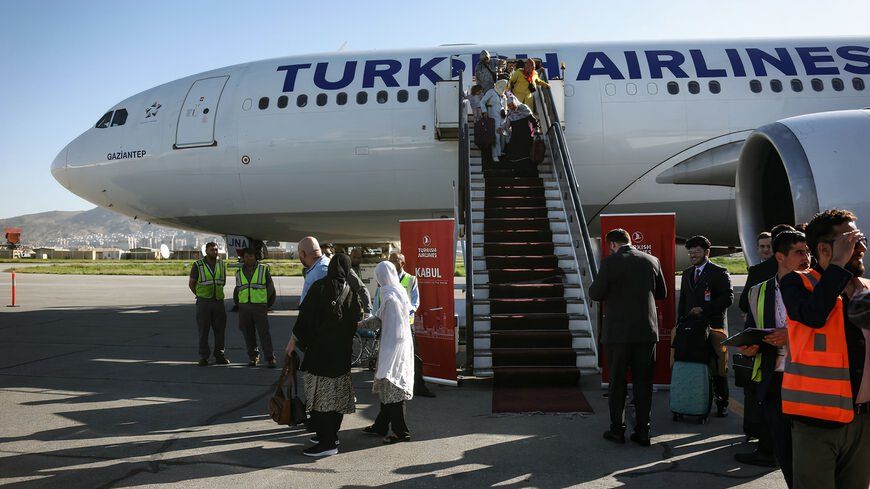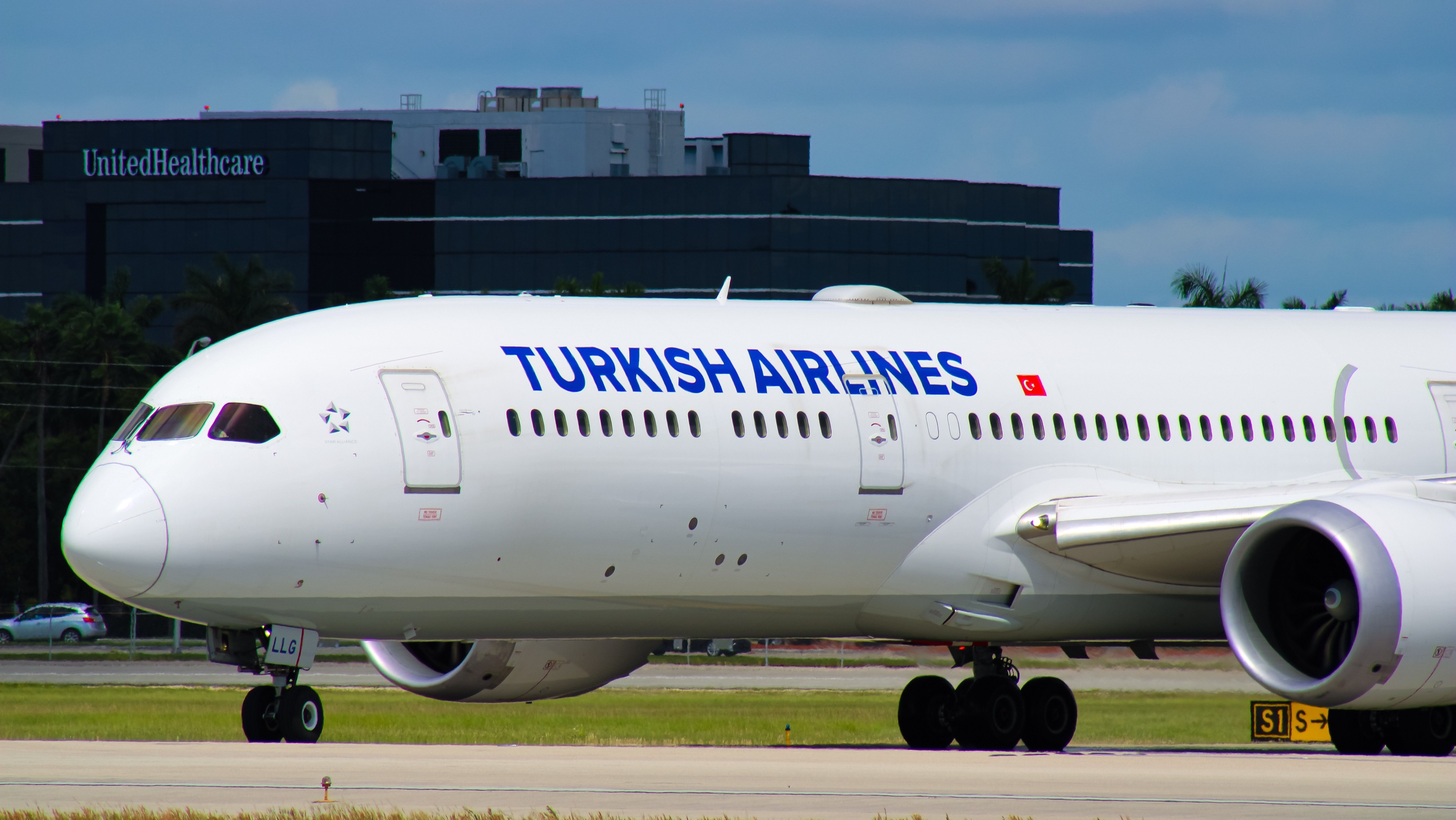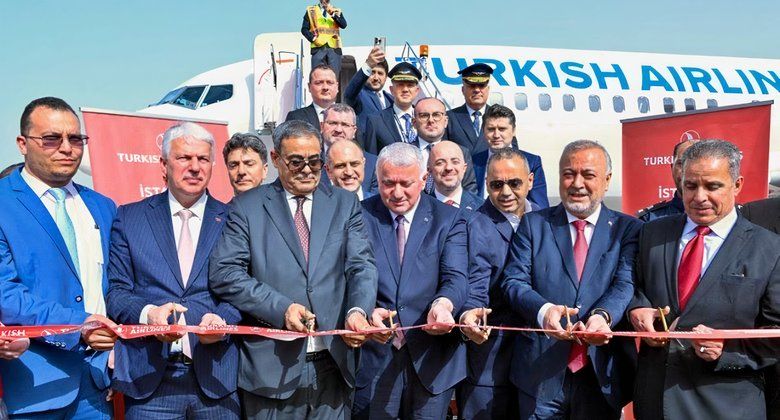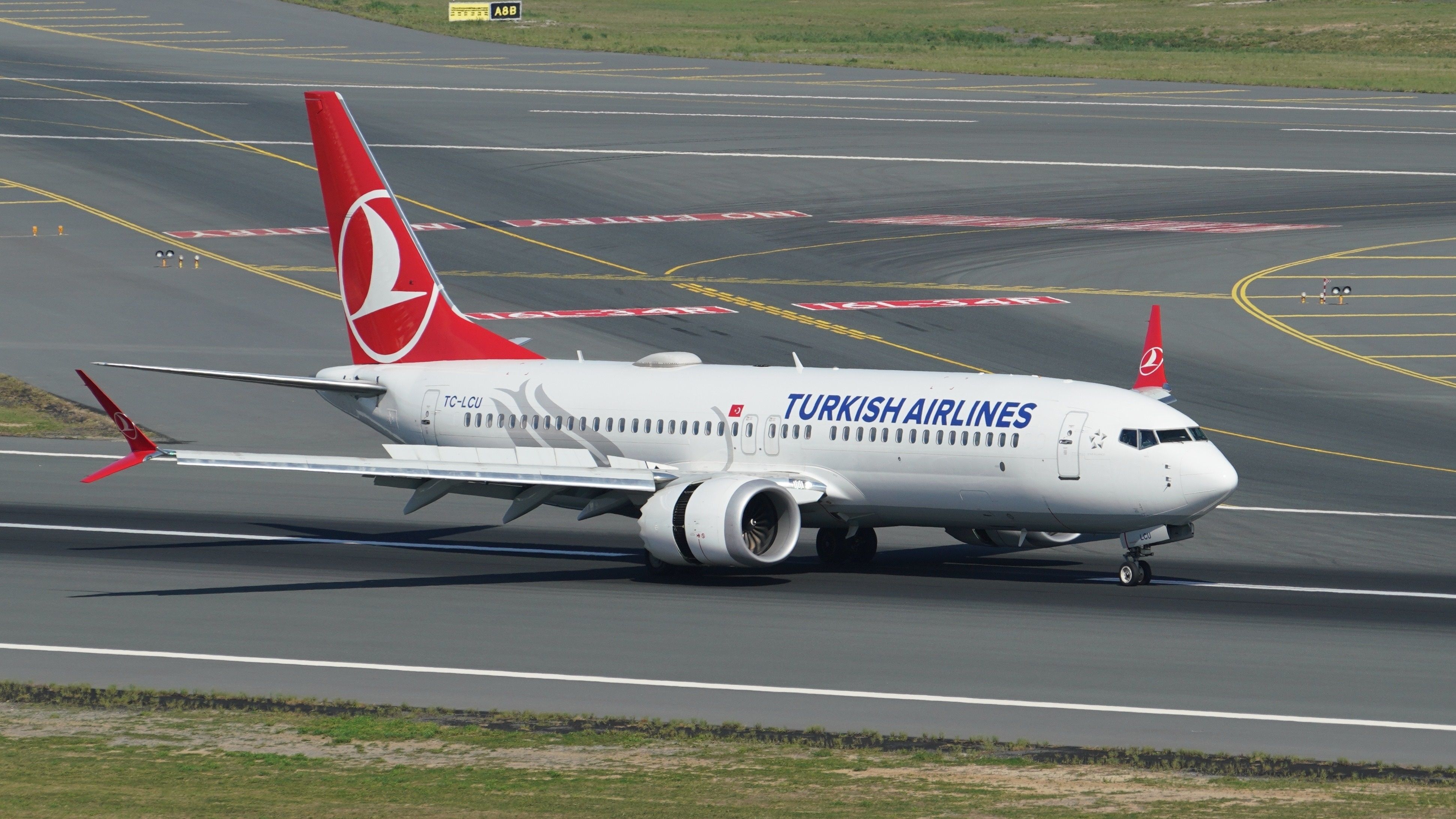Summary
- Turkish Airlines dominates Istanbul Airport with 78% of departures, with passenger flights to 276 destinations.
- Narrowbodies wholly or partly serve three-quarters of destinations.
- Denver and Melbourne joined its network in 2024, while Kabul, Tripoli, and Turin have returned.
I have just returned from my fourth visit to Istanbul, the always beguiling, exciting metropolis. Naturally, Istanbul Airport is heavily dominated by Turkish Airlines. The carrier has nearly eight out of 10 departures (78%) between June and December 2024; it is a true fortress hub. And that’s before fellow Star Alliance members are included. The carrier is even more dominant than Delta in Atlanta (77%).
Passenger network: June-December
Turkish Airlines passenger jets will visit some 276 airports globally. That’s far more than American from Dallas/Fort Worth (244), Delta from Atlanta (222), and any other airline hub. This is not the same as the number of airports served networkwide when American ranks first.
Despite Turkish Airlines’ network breadth from Istanbul Airport, examining OAG schedules data for the same seven months in the pre-pandemic 2019 indicates that its route map is down from 284 destinations. In this sense, the airline’s recovery continues, not helped by the Ukraine war and Sudan airspace’s closure.
Photo: Unaccompanied Media | Shutterstock
Its network is broken down as follows. It is based on data as of June 18 and may change, especially later in the year.
The % share of each continent/region would be different if flights, seats for sale, available seat miles, revenue, profitability, how many connect to another flight, etc., were considered instead.
|
Continent/region from Istanbul Airport |
Passenger destinations* |
% share |
What has been added in 2024?** |
|---|---|---|---|
|
Europe |
83 |
30% |
Turin (last served in 2018; returns on July 10) |
|
Africa |
50 |
18% |
Tripoli (Mitiga; Libya last served in 2014***; returned on March 28) |
|
Domestic Türkiye |
46 |
17% |
|
|
Asia-Pacific |
43 |
16% |
Kabul (last served in 2021****; returned on May 21, 2024); Melbourne (brand-new; began on March 1) |
|
Middle East and the Caucasus |
29 |
10% |
|
|
North America (excluding Mexico) |
17 |
6% |
Denver (brand-new; began on June 11) |
|
Latin America |
8 |
3% |
|
|
276 |
100% |
||
|
* June-December 2024 |
** As of June 18 *** Due to violence and the overall security situation **** Due to the consequences of the rise of the Taliban |
Three-quarters see narrowbodies
Turkish Airlines’ network strength and high frequencies drive competitiveness, choice, and market share. It is mainly due to its geographic position, substantial domestic market, and considerable use of narrowbodies.
Photo: Turkish Airlines (celebrating Tripoli relaunch)
According to ch-aviation, the single-aisle fleet comprises 207 aircraft and about 59% of the total. There are five Boeing 737 MAX 8s, six Airbus A319s, 12 A320ceos, 15 737-900ERs, 20 737 MAX 8s, 40 737-800s, 44 A321neos, and 65 A321ceos. Not all are active.
Photo: EvrenKalinbacak | Shutterstock
Single-aisle use is paramount domestically, in Europe, the Middle East, Central Asia, and – most interestingly – Africa. Some 206 out of 277 destinations (74%) are fully or partially on narrowbodies, including 37 of its 50 African airports.
Its longest non-stop narrowbody route is from Istanbul to Dar es Salaam, at 2,936 nautical miles (5,438 km). When one-stops are included, Istanbul-Dar es Salaam-Lusaka is first, at 3,746 nautical miles (6,938 km).
Such aircraft play a vital role in nearly a fifth of Turkish Airlines’ destinations being in Africa (18%). Of course, its African route map would be nowhere near as extensive but for its network elsewhere, especially in Europe. After all, the vast majority of passengers connect to another flight in Istanbul.
Where else would you like the carrier to fly? Let us know in the comments section.




